Perhaps most importantly, the Consolidated Appropriations Act of 2021 created the $3.2 billion Emergency Broadband Benefit Program to ensure that all households could afford a home broadband connection. This is “the nation’s largest-ever broadband affordability program,” and the bipartisan infrastructure bill will increase funding for the program by $14.2 billion in order to ensure it can help close the affordability gap for at least the next five years.
The Emergency Broadband Benefit, to be renamed the Affordable Connectivity Program as part of the bipartisan infrastructure bill, will provide $30 per month to ISPs for any household with an income below 200% of the poverty line. This is significantly more than the price of existing affordable connectivity plans from most ISPs and will likely result in ISPs offering home broadband plans at this price that meet the new broadband standard of 100 Mbps download / 20 Mbps upload being established by Congress as part of the bipartisan infrastructure bill.
Together, the Emergency Broadband Benefit and higher capacity affordable broadband plans from ISPs will ensure that most households will have sufficient bandwidth to learn, work, and access healthcare and critical services remotely. The bipartisan infrastructure bill also makes clear that Congress understands the need for proactive efforts to drive broadband adoption.



